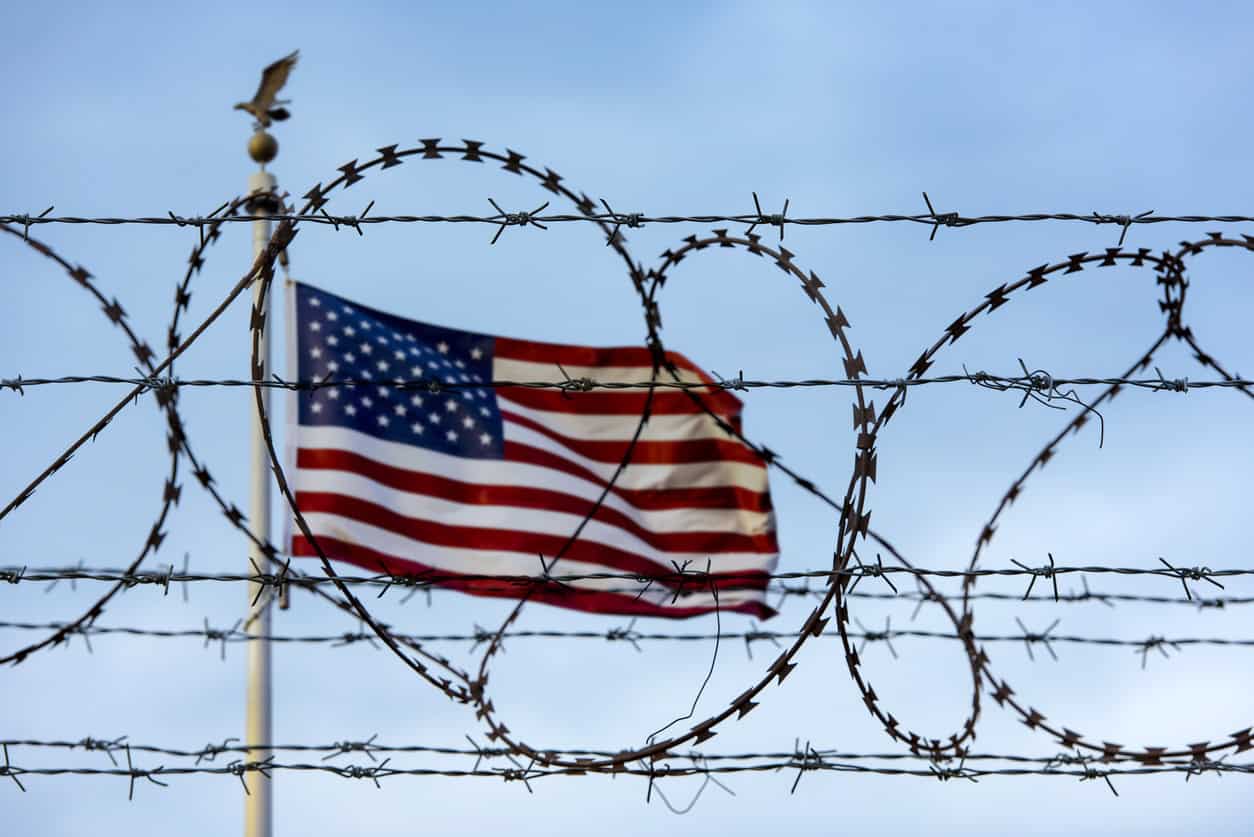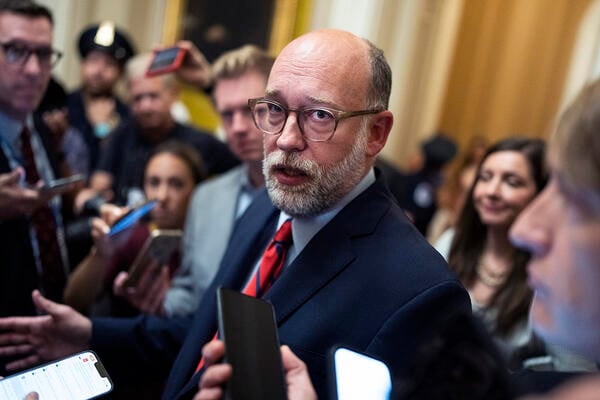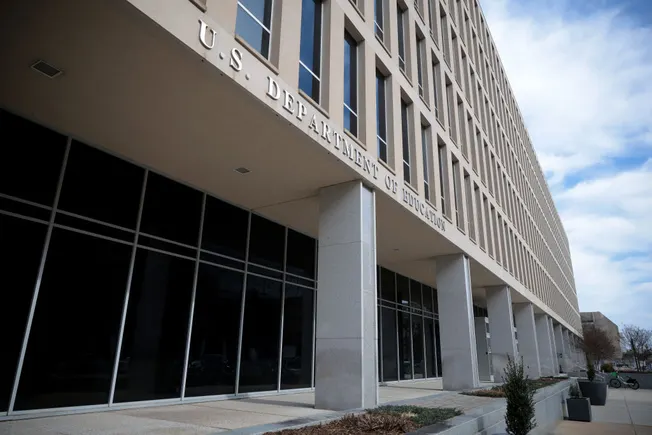In September, Science Minister Lord Vallance announced a pause to developing REF 2029 to allow REF and the funding bodies to take stock. Today, REF 2029 work resumes with a refreshed focus to support a UK research system that delivers knowledge and innovation with impact, improving lives and creating growth across the country.
Research England has undertaken a parallel programme of work during the pause, intended to deliver outcomes that align with Government’s priorities and vision for higher education as outlined in the recently published Post-16 Education and Skills white paper. Calling this a pause doesn’t reflect the complexity, pace and challenge faced in delivering the programme over the last three months.
Since September, we have:
- explored the option of baseline performance in research culture being a condition of funding
- considered how our funding allocation mechanisms in England could be modified to better reward quality, as part of our ongoing review of Strategic Institutional Research Funding (SIRF)
- fast-tracked existing activity related to the allocation of mainstream quality-related research funding (QR).
- developed our plans to consider the future of research assessment.
Over the last three months to progress this work, we’ve engaged thoughtfully with groups across the English higher education and research sector, as well as with the devolved funding bodies, to help us understand the wider context and refine our approaches. Let me outline where we’ve got to – and where we’re going next – with the work we’ve been doing.
Setting a baseline for research cultures
Each university, department and team are unique. They have their own values, priorities and ways of working. I therefore like to think of ‘research cultures and environments’, using the term in plural, to reflect this diversity. The report of the REF People, Culture and Environment pilot, also published today, confirms that there is excellent practice in this area across the higher education sector. REF 2029 offers an opportunity to recognise and reward those institutions and units that are creating the open, inclusive and collaborative environments that enable excellent research and researchers to thrive.
At the same time, we think there are some minimum standards that should be expected of all providers in receipt of public funding. To promote these standards, we will be strengthening the terms and conditions of Research England funding related to research culture. In the first instance, this will mean a shift from expecting certain standards to be met, to requiring institutions to meet them.
We are very conscious not to increase burden on the sector or create unnecessary bureaucracy. This will only succeed by engaging closely with the sector to understand how this can work effectively in practice. To this end, we will be engaging with groups in early 2026 to establish rigorous standards that are relevant across the diversity of English institutions. As far as possible, we will use existing reporting mechanisms such as the annual assurance report provided by signatories to the Research Integrity Concordat. While meeting the conditions will not be optional, we will support institutions that don’t yet meet all the requirements, working together and utilising additional reporting to help with and monitor improvements. And because research cultures aren’t static, we will evolve our conditions over time to reflect changes in the sector.
This will lead to sector-wide improvements that we can all get behind:
- support for everyone who contributes to excellent and impactful research: researchers, technicians and others in vital research-enabling roles, across all career stages
- ensuring research in England continues to be done with integrity
- ensuring that is also done openly
- strengthening responsible research assessment.
Our next steps are to engage with the sector and relevant groups as part of the process of making changes to our terms and conditions of funding, and to establish low-burden assurance mechanisms. For example, working as part of the Researcher Development Concordat Strategy Group, we will collectively streamline and strengthen the concordat, making it easier for institutions to implement this important cross-sectoral agreement.
These changes will complement the assessment of excellent research environments in the REF and the inspiring practice we see across the sector. Championing vibrant research cultures and environments is a mission that transcends the REF — it’s the foundation for maintaining and enhancing the UK’s world-leading research, and we will continue to work with the devolved funding bodies to fulfil the mission.
Modelling funding mechanisms
The formula-based, flexible research funding Research England distributes to English universities is crucial to underpinning the HE research landscape, and supporting the
financial sustainability of the sector. We are aware that that this funding is increasingly being spread more thinly.
As part of the review of strategic institutional research funding (SIRF), we are working to understand the wider effectiveness of our funding approaches and consider alternative allocation mechanisms. Work on this review is continuing at speed. We will provide an update to the sector next year on progress, as well as the publication of the independent evaluation of SIRF, anticipated in early 2026.
Building on this, we have been considering how our existing mechanisms in England could be modified to better reward quality of research. This work looks at how different strands of SIRF – from mainstream QR to specialist provider funding – overlap, and how that affects university finances across English regions and across institution types. We are continuing to explore options for refining our mainstream QR formula and considering the consequences of those different options. This is a complex piece of work, requiring greater time and attention, and we expect next year to be a key period of engagement with the sector.
The journey ahead
While it may seem early to start thinking about assessment after REF 2029, approaches to research assessment are evolving rapidly and it is important that we are able to embrace the opportunities offered by new technologies and data sources when the moment comes. We have heard loud and clear that early clarity on guidance reduces burden for institutions and we want to be ready to offer that clarity. A programme of work that maximises the opportunity offered by REF 2029 to shape the foundation for future frameworks will be commencing in spring 2026.
Another priority will be to consider how Research England as the funding body for England, and as part of UKRI, can support the government’s aim to encourage a greater focus on areas of strength in the English higher education sector, drawing on the excellence within all our institutions. As I said at the ARMA conference earlier in the year, there is a real opportunity for universities to identify and focus on the unique contributions they make in research.
The end of the year will provide the sector (and my colleagues in Research England and the REF teams) with some much-needed rest. January 2026 will see us pick back up a reinvigorated SIRF review, informed by the REF pause activity. We will continue to refine our research funding and policy to – as UKRI’s new mission so deftly puts it – advance knowledge, improve lives and drive growth.










